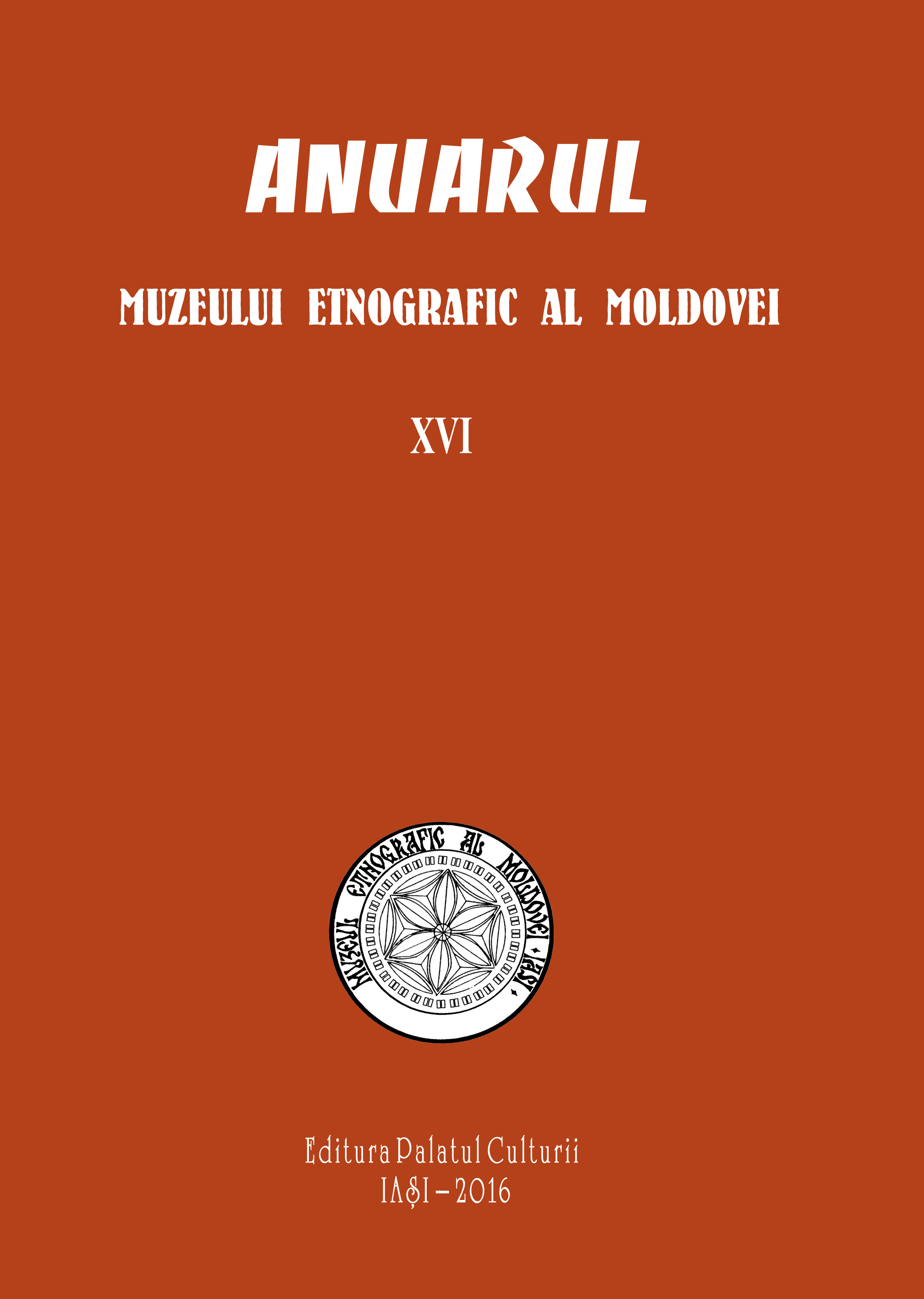Fântânile şi dreptul de patronat
Fountains and the Patronage Right
Author(s): Arcadie BodaleSubject(s): Cultural Anthropology / Ethnology
Published by: Editura Palatul Culturii
Keywords: funtain; church; act of building; patronage right; redemption; selling; custom
Summary/Abstract: During Middle Ages, building a place of prayer in the Romanian principalities was influenced by a legal mixture of the Byzantine builder right and the autochthonous custom known as “the patronage” in the Catholic world. This situation generated the right of the builder-proprietor to manage the assets of his monastery/church, to take back the properties he had given to it, to choose the hegumen or the parish priest, also to transmit or to sell it, by beneficence or sale. This assembly of legal norms grew into a control of not only the rights and obligations of those who built or renew a place of prayer, but also of all the deeds considered by people favourable to soul redemption: making and taking care of a fountain, making a bridge, building a large cross or even planting/grafting a tree away from home. Placing a fountain and a church under the same system of norms was possible due to the fact that these deeds had the same significance. In our traditional culture, churches and fountains were both considered sacred places, as building a place of prayer and making a fountain were both bringing the redemption of the builder’ soul. On their deathbeds, people used to ask their descendants to make what they had not managed to during their lives, especially a fountain and a bridge. The fact that the place to be chosen for such a remembrance fountain was the field and at crossroads is eloquent to the intention to be raised in places where people and animals needed the fountain the most. It was no coincidence that the fountains and some of the churches had the names of their builders. Another parallelism between the two types of buildings is that people building the fountain or the church had to be honest. For both churches and fountains, the building right was transferred to the descendants. Consequently, the descendants had the right to be indicated as co-builders, but also the obligation of taking care of them, otherwise they could lose them. This particular concern to the buildings made by ancestors originated also in the traditional belief that empty churches and abandoned fountains were places possessed by the devil. Nevertheless, the most important parallelism between building a church and raising a fountain consists in the fact that they could be sold by the builder or his descendants. Obviously, the quality of builder was lost, meaning the obligation to take care of them and, implicitly, the right to be indicated as builders. The builder obligations and rights – endless remembrance and the belief in soul redemption – were automatically assumed by the buyer, instead. This is the reason why we believe that, in most of the cases, builders sold only the property and not their ancestors’ builder right.
Journal: Anuarul Muzeului Etnografic al Moldovei
- Issue Year: 2016
- Issue No: 16
- Page Range: 83-114
- Page Count: 32
- Language: Romanian

